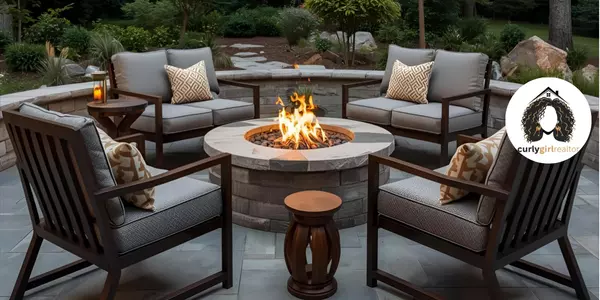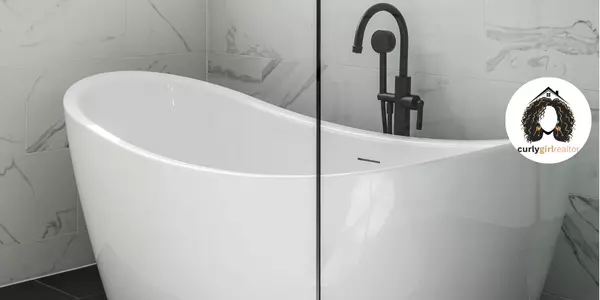Advantages of Living in a Pedestrial Friendly Community
Living in a walkable neighborhood offers numerous benefits that can significantly enhance your quality of life. As urban areas continue to evolve, the demand for accessible and pedestrian-friendly communities is on the rise and for good reason. Such neighborhoods offer opportunities for healthier lifestyles, increased social engagement, environmental advantages and potential economic benefits.
First and foremost, residing in a pedestrian-friendly area promotes a healthier lifestyle. With easy access to parks, local businesses and other amenities, residents are encouraged to incorporate walking into their daily routines. This increased physical activity can lead to improved cardiovascular health, weight management and overall well-being. Walking instead of driving also reduces stress, contributing to better mental health.
In addition to health benefits, walkable neighborhoods often foster a stronger sense of community. The presence of sidewalks, public gathering spaces and local shops creates opportunities for residents to interact and form connections with their neighbors. This social engagement can lead to a supportive environment, improving the living experience and reducing feelings of isolation.
Environmental sustainability is another significant advantage of living in a walkable neighborhood. Reducing reliance on personal vehicles decreases carbon emissions, contributing to cleaner air and a lower environmental footprint. These communities often have well-developed public transportation systems, further minimizing the need for driving and promoting environmentally-friendly commuting options.
From an economic perspective, pedestrian-friendly areas can also offer financial benefits. Homes in such neighborhoods often retain their value well and sometimes even appreciate faster due to the increasing desirability of being within walking distance of shops, schools and recreational facilities. Moreover, residents save on transportation costs since less driving translates to reduced fuel expenses.
In conclusion, living in a walkable neighborhood comes with a multitude of advantages. From fostering health and community ties to promoting environmental sustainability and economic savings, these communities provide an enriched living experience that is increasingly appealing to homebuyers. For anyone considering a move, exploring homes in a pedestrian-friendly area may prove to be a wise investment in both personal well-being and future financial stability.
Recent Posts

Why Smart-Home Features Are No Longer a Luxury - They're a Selling Point

Top 5 Luxury Neighborhoods in North Metro Atlanta (and What Makes Each One Unique)

How Rising Interest Rates Are Shaping the Luxury Market

What Defines a "Luxury Home" in Today's Market?

Professional Packing Tips for Seamless Moving

Effective Strategies for Managing Tenant Disputes

The Influence of Local Policies on Vacation Rental Markets

Understanding Property Management Companies in Vacation Rentals

Exploring the Global Landscape of Luxury Real Estate

Demystifying Mortgage Refinancing: The Optimal Timing and Process
GET MORE INFORMATION

